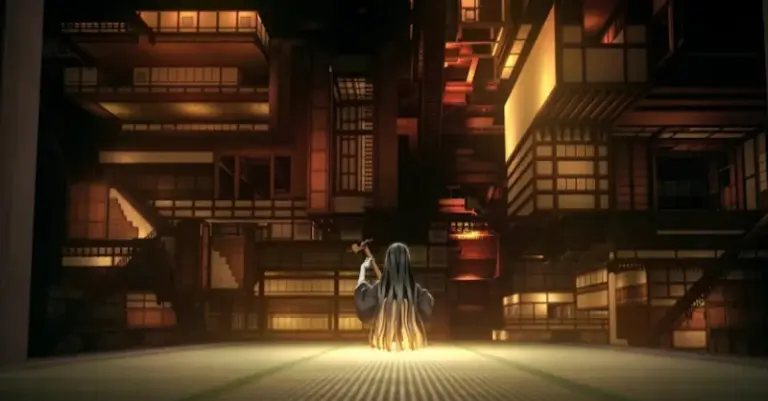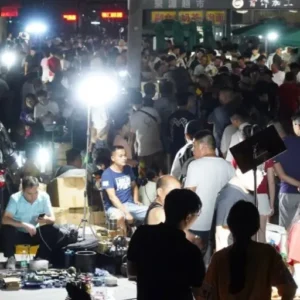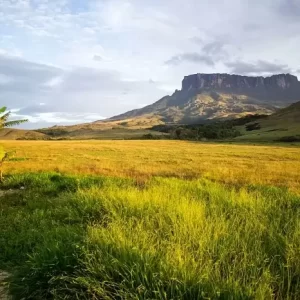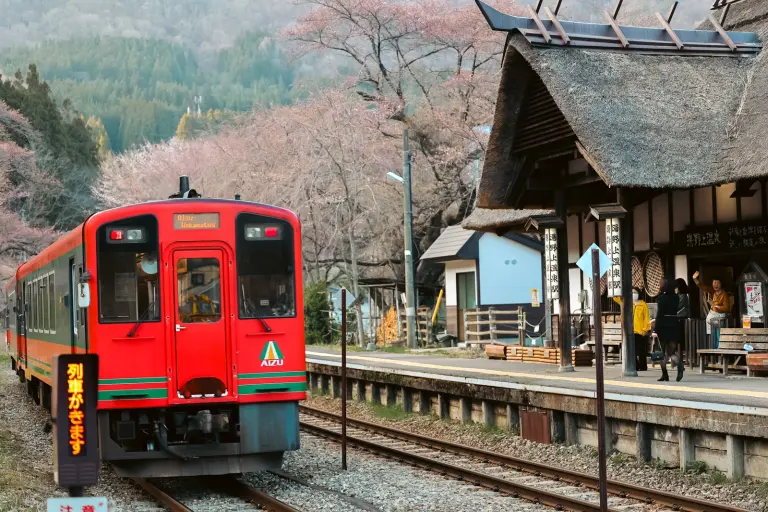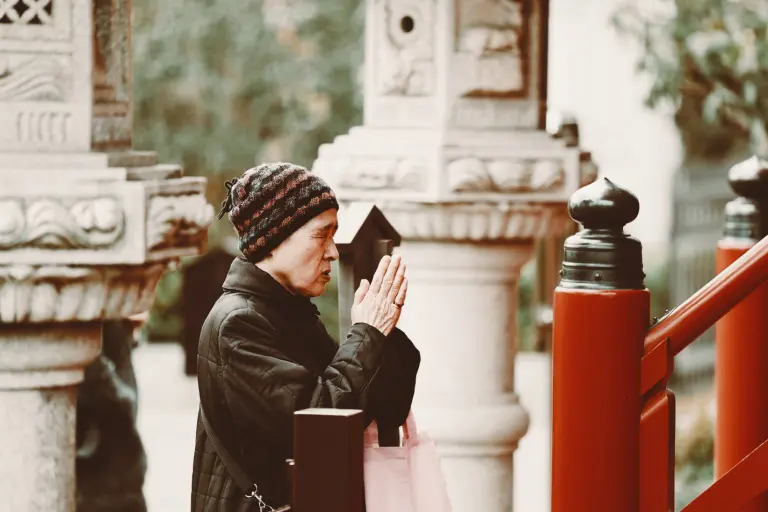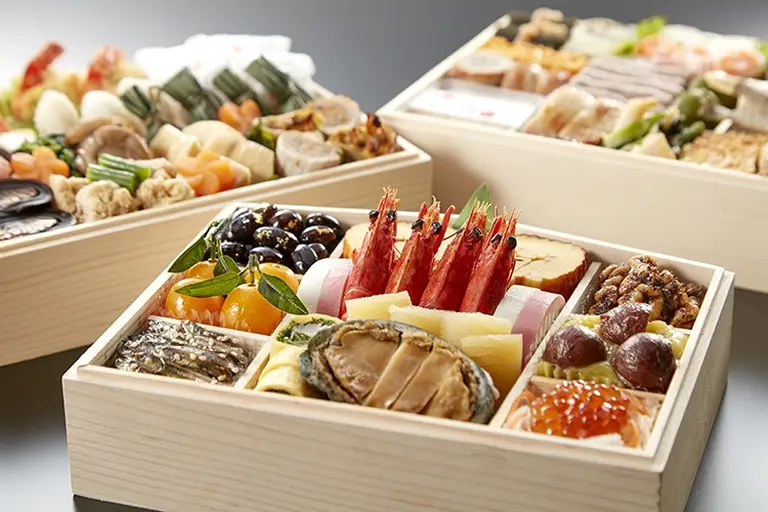Rotorua, a coastal city in the North Island of New Zealand, attracts thousands of visitors every year from all over the world. What makes it stand out? It’s known for its strong sulphur smell, often compared to rotten eggs, caused by geothermal activity and natural hot springs. But why does this unusual trait draw so many tourists from around the globe? Let’s find out.
Unique Nature Like No Other
Rotorua may not be famous for jaw-dropping scenery or postcard-perfect landscapes, but its natural wonders are truly one of a kind.
The first thing you’ll notice upon arriving is the distinct smell of sulphur that lingers throughout the city. This scent comes from Rotorua’s location on a geothermal belt, where underground volcanic activity creates bubbling mud pools, steaming vents, and hot springs rich in minerals.
This unique geology has shaped Rotorua into a natural spa town. Many hotels are built right next to outdoor hot pools, allowing guests to soak in relaxing, warm waters surrounded by misty landscapes. Scientists have even proven that Rotorua’s mud is richer in nutrients compared to other mineral-rich locations, making it excellent for detoxing and treating skin conditions. Surprisingly, many visitors say the “rotten egg” smell isn’t nearly as unpleasant as they expected — and some even grow to like it.
After your rejuvenating hot spring experience, don’t miss a visit to the nearby Rotorua Museum, though you might walk right past it — it looks more like a resort than a museum! It only opens a few days a week, but it’s well worth visiting if you’re curious about the area’s natural history and Maori heritage.
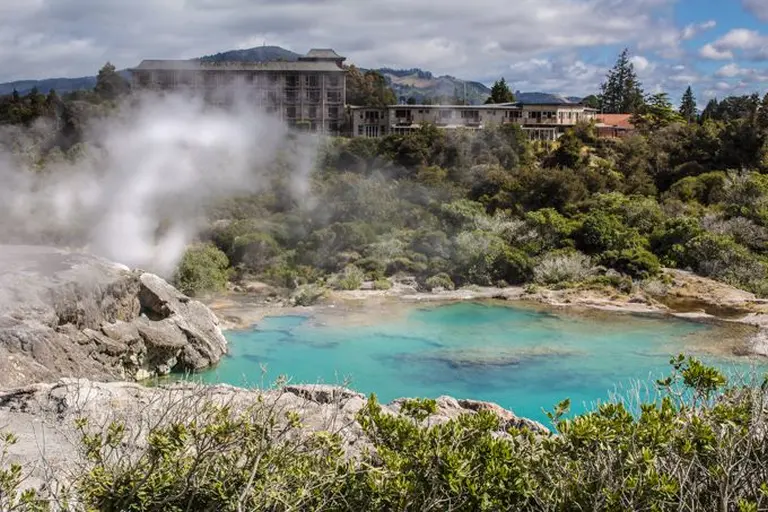
>> How to travel New Zealand on a budget: Smart tips for an unforgettable journey
Rotorua Lake – A Natural Wonder in the Heart of the City
Rotorua is also home to Lake Rotorua, a fascinating body of water located right in the middle of the city. It is the second-largest freshwater lake in New Zealand. One of its most unique features is a small raised island-like area that stands out in the middle of the lake, sparking curiosity and delight among visitors.
The lake’s naturally warm waters make it a popular spot for fishing and scenic walks, especially during sunrise and sunset when the mist rises above the surface.
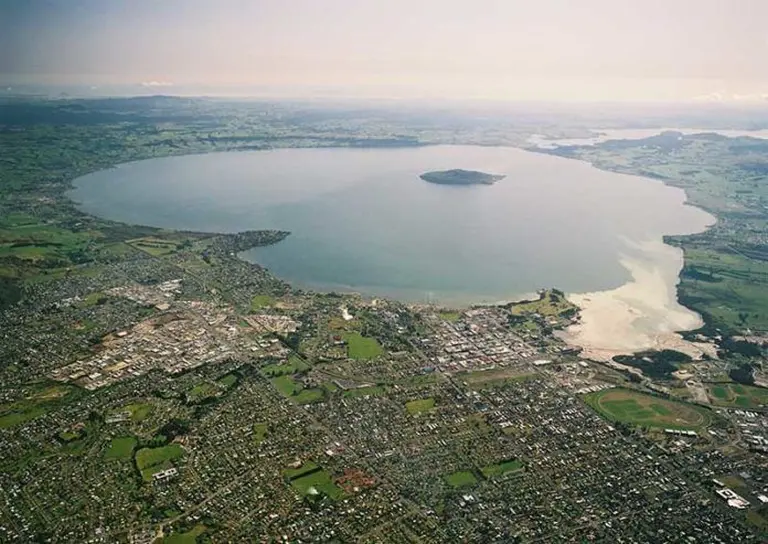
>> Step into the magical world of Hobbiton – A real-life movie set in New Zealand
Wai-O-Tapu – A Geothermal Wonderland
Beyond the lakes and hot springs, Rotorua offers even more surreal landscapes at Wai-O-Tapu Thermal Wonderland, one of the best places to witness geothermal activity up close.
Don’t miss the Champagne Pool, with its rainbow-like mineral deposits, and the Lady Knox Geyser, which shoots steaming water over 9 meters high between 10:15 AM and 10:30 AM daily. This park is a must-visit for geology lovers, photographers, or anyone who appreciates natural phenomena.
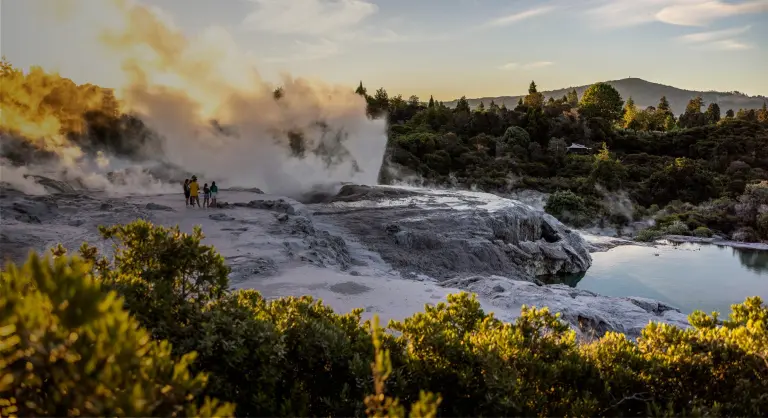
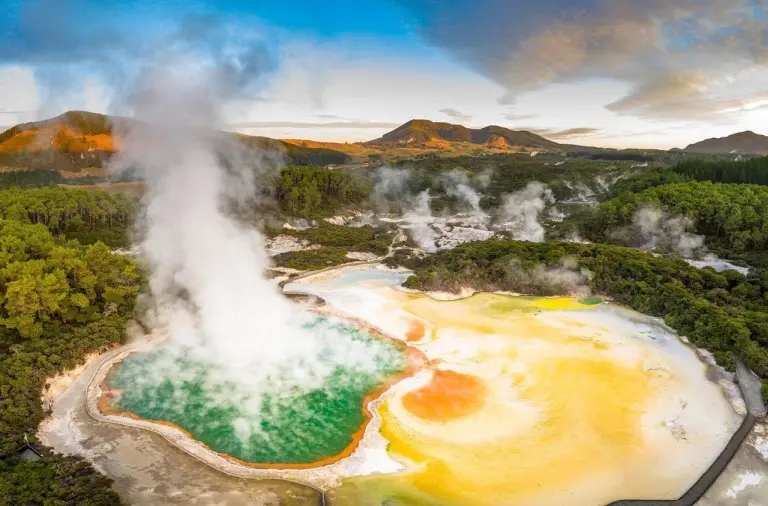
>> Routeburn Track – Journey through the path of happiness in New Zealand
Rotorua’s Greatest Treasure – Maori Culture
Rotorua is not just about bubbling mud and steaming springs — it’s also the heart of New Zealand’s rich Maori culture, the oldest and most authentic cultural heritage in the country.
Long before European settlers arrived, the Maori people had already called Rotorua home for over a thousand years. Even today, they continue to preserve their traditional way of life, including their unique clothing, rituals, food, and festivals.
Travelers to Rotorua have the rare opportunity to experience the legendary Haka (war dance), performed by the Maori people during annual celebrations and cultural shows. The full ceremonial name is “Te Whakarewarewatanga Oteo Petaua Wahiao”, and it’s every bit as powerful and mesmerizing as you’d imagine.
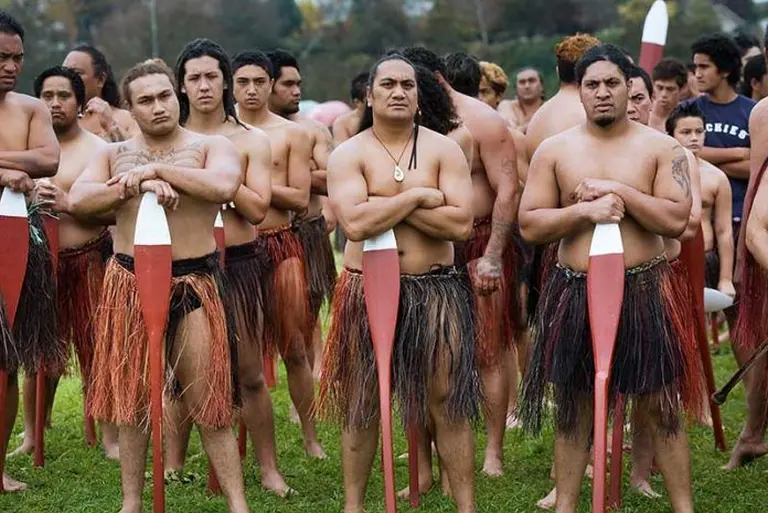
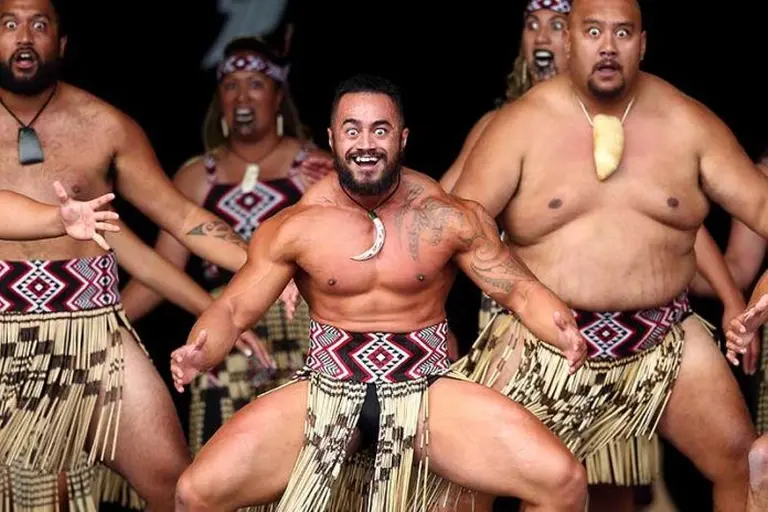
>> Craving real adventure? Head to New Zealand!
FAQ
Where is Rotorua located?
Rotorua is located on New Zealand’s North Island, about 3 hours’ drive south of Auckland. It’s part of the Bay of Plenty region and sits within a highly active volcanic zone, which explains its unique geothermal activity.
What is Rotorua famous for?
Rotorua is best known for:
- Geothermal activity – including geysers, hot springs, mud pools, and steam vents
- Maori culture – with immersive experiences, traditional performances, and historic villages
- Adventure activities – such as mountain biking, zorbing, ziplining, and white-water rafting
- Scenic lakes and forests – perfect for hiking, kayaking, and peaceful retreats
- Distinct sulphur smell – due to the geothermal nature of the region
It’s a destination that blends natural wonder, cultural depth, and outdoor fun.
Why does Rotorua smell like sulfur?
The smell is from hydrogen sulfide gas, naturally released by the region’s geothermal features like boiling mud pools and steam vents. Though it can be strong at first, most visitors get used to it quickly—and it’s all part of the authentic Rotorua experience!
What are the must-see geothermal attractions?
Rotorua is home to some of the most spectacular geothermal parks in the world, including:
- Te Puia – home to the powerful Pōhutu Geyser, erupting up to 30 meters
- Wai-O-Tapu Thermal Wonderland – famous for its Champagne Pool and vibrant colors
- Hell’s Gate – known for steamy landscapes and therapeutic mud baths
- Kuirau Park – a free geothermal park right in the city with walkways and bubbling pools
Each site offers a unique glimpse into Rotorua’s fiery underground world.
What kind of Maori cultural experiences can I have in Rotorua?
Rotorua is considered the cultural capital of New Zealand’s Maori people. You can:
- Visit Tamaki Maori Village or Te Pā Tū for traditional feasts (hangi), song, dance, and haka
- See ancient carvings, marae (meeting houses), and storytelling
- Watch skilled carvers and weavers at Te Puia’s New Zealand Maori Arts and Crafts Institute
- Soak in the cultural significance of geothermal areas that are sacred to Maori people
These experiences are both educational and deeply moving, offering insight into New Zealand’s indigenous heritage.
What adventure activities can I do in Rotorua?
Rotorua is packed with adrenaline-filled options:
- Zorbing – roll down a hill in a giant inflatable ball (Rotorua invented it!)
- Skyline Rotorua – gondola rides, luge carts, mountain biking, and a zipline
- White-water rafting – on the Kaituna River, including a 7-meter drop at Tutea Falls
- Redwoods Treewalk – walk among ancient trees via suspension bridges
- Mountain biking – Rotorua has world-class trails in the Whakarewarewa Forest
It’s a paradise for thrill-seekers and outdoor lovers.
Are there any beautiful natural spots to relax?
Yes, Rotorua isn’t just about bubbling mud and action—it’s also incredibly peaceful in parts:
- Lake Rotorua – perfect for kayaking, fishing, or a lakeside picnic
- Blue Lake (Lake Tikitapu) – great for swimming and walking trails
- Redwoods Forest – known for tranquil walking and cycling among towering trees
- Polynesian Spa – a luxurious geothermal spa overlooking the lake
You’ll find plenty of ways to unwind and reconnect with nature.
What are the best things to eat in Rotorua?
Don’t miss:
- Traditional Maori Hangi – a feast cooked underground with hot stones
- Local lamb, seafood, and kumara (sweet potato)
- Rotorua’s cafes and restaurants offer a wide range of modern Kiwi cuisine, including vegan and gluten-free options
- Try a geothermal-cooked egg at Hell’s Gate or steamed corn at a thermal market!
Rotorua’s food scene reflects its mix of culture, history, and innovation.
Is Rotorua suitable for families?
Definitely! Rotorua offers:
- Family-friendly attractions like Agrodome (with farm shows), Rainbow Springs (wildlife park), and Skyline Luge
- Safe swimming lakes
- Interactive cultural experiences that kids can enjoy
- Fun adventure parks and geothermal areas that are both exciting and educational
It’s a destination that works well for multi-generational trips.
How do I get to Rotorua?
- By car: Approx. 3 hours from Auckland, 2 hours from Taupō
- By bus: Intercity coaches run daily from major cities
- By air: Rotorua has a regional airport with flights from Auckland, Wellington, and Christchurch
Getting around is easiest by rental car, but local taxis and tours are also available.
When is the best time to visit Rotorua?
Rotorua is a year-round destination. Here’s what to expect:
- Summer (Dec–Feb): Warm and great for lake activities
- Autumn (Mar–May): Cool and colorful, especially in the Redwoods
- Winter (Jun–Aug): Cold mornings, but perfect for hot springs
- Spring (Sep–Nov): Blooming gardens and fewer tourists
Geothermal features operate year-round, so no matter when you visit, you’ll have plenty to see.
Final Thoughts: Rotorua is where natural power meets ancient tradition. Whether you’re soaking in a hot spring, watching a cultural performance, or biking through redwood forests, this destination offers a rich, multi-sensory journey like nowhere else in the world.

